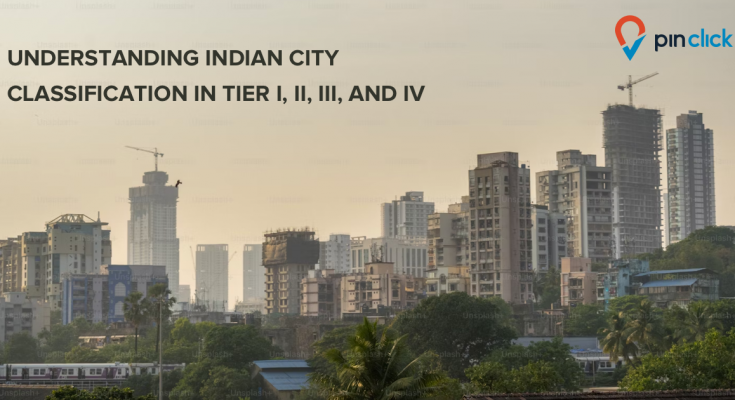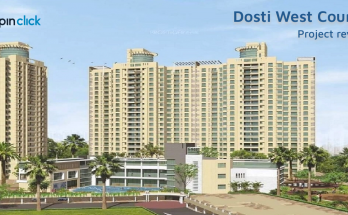As an ever-growing country, India is all set to become one of the largest economies in the world. The Indian cities have become a hub of business, culture, and prospect. To navigate this large urban ecosystem- Indian Cities are now classified into tiers I, II, III, and IV. This classification is so done to provide administrative efficiency, economic assessment, and its prospect along with urban planning and infrastructure as well as assessment of the quality of life.
Some of the criteria that these urban planners and executors have in mind while making the classification are as follows:
- The population size of any place: a city is classified into different categories by defining the population size of any place. India is a booming place with a lot of population to house, feed, and provide infrastructure to. According to these classifications Tier I cities have the largest population followed by Tier II, III, and IV.
- The quality and level of infrastructure also play a crucial role in determining the classification of an Indian City. Tier I cities mostly have a well-connected urban transportation system, a well-planned and modern airport, extensive roadways, and well connected to the rest of the country by major national highways, as well as an advanced level of communication system.
- Tier I cities in India also boost good healthcare facilities and educational institutions. This level of healthcare and educational infrastructure is followed by tier II, III, and IV cities.
- Cities that play a role in administrative functions: Cities are urban centers that are the ones that play a role in becoming thriving centers for urban administrative functions and play a role in becoming a center that govern the other cities in tier II, III, and IV.
Some of the government initiatives driving the urban development projects include the smart cities mission, Swatchha Bharat Mission, Pradhan Mantri Awas Yojna, and Atal Mission for Rejuvenation and Urban Transportation (AMRUT). These initiatives are so designed to enhance the working of these Indian Urban centers by making them more economically viable, infrastructural sound, and culturally rich in all their classifications.
The key real estate trends in the various classifications are as follows:
- Tier 1 cities like Bangalore, Kolkata, Delhi, Chennai, Hyderabad, Mumbai, Pune, and Ahmadabad are the few cities that fall into the tier I category. There is high demand for residential and commercial property in tier I as they provide ample opportunity for economic and commercial benefit for the residents of these cities. There is an increased focus on urban townships, luxury real estate, and demand for smart homes. Co-working spaces and demands in flexible working spaces are also in high demand.
- Tier II cities are seeing a rise in the demand for SEZs and overall demand for commercial and residential real estate. Tier II cities offer their residents growing retail environments and shopping malls.
- The Tier III cities in seeing growing demand in commercial spaces like education and healthcare etc. While also seeing a rise in modern residential architecture.
- Tier IV cities in India are seeing overall growth in infrastructure and also seeing ways of development in sustainable and eco-friendly modes of construction as these cities are also getting environmentally conscious.




